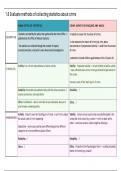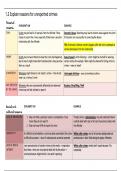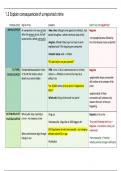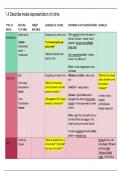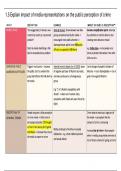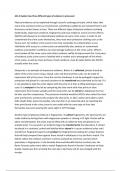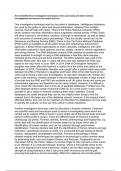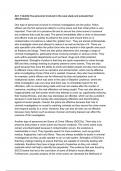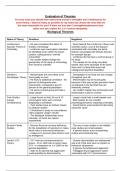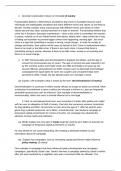WJEC
Latest uploads at WJEC. Looking for notes at WJEC? We have lots of notes, study guides and revision notes available for your school.
-
2956
-
20
-
296
Courses at WJEC
Notes available for the following courses at WJEC
Popular books WJEC
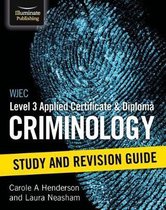
Carole A Henderson, Laura Neasham • ISBN 9781911208969

Carole A Henderson • ISBN 9781398379398
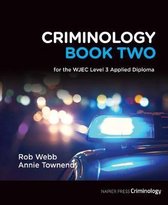
Rob Webb, Annie Townend • ISBN 9781916024304
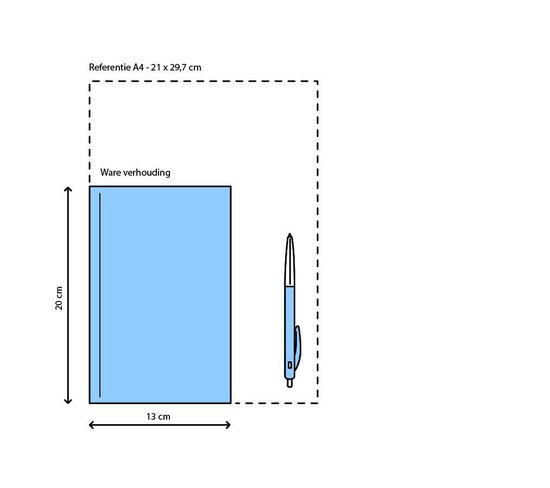
Christina Rossetti, Christina G. Rossetti • ISBN 9780486280554
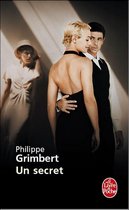
Philippe Grimbert, Grimbert • ISBN 9782253117186
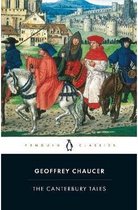
Geoffrey Chaucer, Thomas Tyrwhitt • ISBN 9780140424386
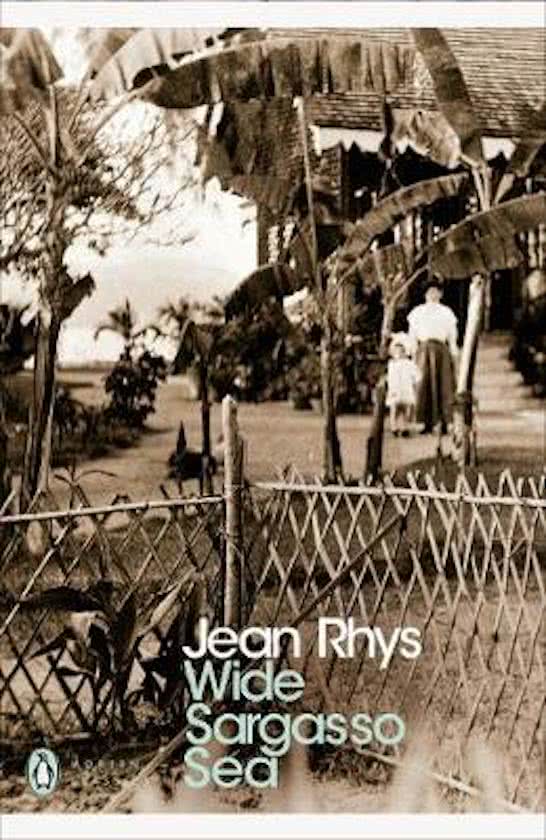
Jean Rhys, A. Smith • ISBN 9780141182858
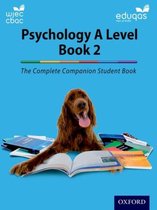
Cara Flanagan, Katherine Cox • ISBN 9780198356110
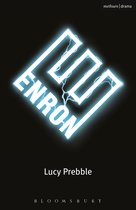
Lucy Prebble • ISBN 9781408124673
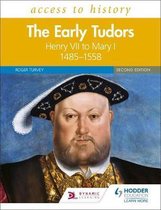
Roger Turvey • ISBN 9781510457881

Carole A Henderson, Laura Neasham • ISBN 9781398379367

John Donne • ISBN 9780199539062
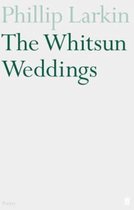
Philip Larkin • ISBN 9780571097104
Latest notes & summaries WJEC
Everything you need to write up AC1.6 <- checkout structures in my other document!
Everything you need to write up AC1.2
Everything you need to write up AC1.3
Everything you need to write up AC1.4
Everything you need to write up unit one ac1.5
Explains how three different types of evidence are processed. It covers physical evidence, including Lockard's exchange principle and the collection of shoeprints and fingerprints, as well as testimonial evidence, detailing how witness statements are collected and analysed. The answer explains the roles of Scene of Crime Officers (SOCOs), forensic scientists, and legal professionals in handling and examining evidence. Real-life case studies, such as the Aaron Hernandez case and the wrongful c...
This AC1.2 write up provides an in-depth analysis of three key investigative techniques used in criminal investigations: databases, forensic evidence, and interviews. It explores how these methods aid in solving crimes, discussing their strengths and weaknesses with real-life case studies, including the Melanie Road case and the wrongful conviction of Ronald Cotton. The evaluation also covers profiling techniques, highlighting their role in identifying serial offenders. This resource is ideal fo...
This detailed write-up covers AC1.1 of the Criminology A-Level, examining 5 key personnel involved in criminal investigations, including police officers, Scene of Crime Officers (SOCOs), the Crown Prosecution Service (CPS), forensic pathologists, and forensic scientists. It explores their roles, strengths, and limitations, with real-life case examples such as the Stephen Lawrence case, the Meredith Kercher case, and the wrongful conviction of Sally Clark. Perfect for students looking for clear, ...
These are the notes that I used in order to achieve 193/200 within in my first year of criminology. This document contains a detailed list of strengths and weaknesses for all the theories that you need to know for your exam: biological, psychological and sociological. AC 3.2 Evaluate the effectiveness of criminological theories to explain causes of criminality
These are some of my notes from when I achieved 193/200 within first year criminology. This document provides a series of 10 exam questions with their model answers, it includes questions and answers about applying scenario to theory, biological theories, individualistic theories and sociological theories. You are allowed to copy these answers word for word as Unit 2 is assessed externally. This document provides you with what an A* answer should look like and be structured like.

